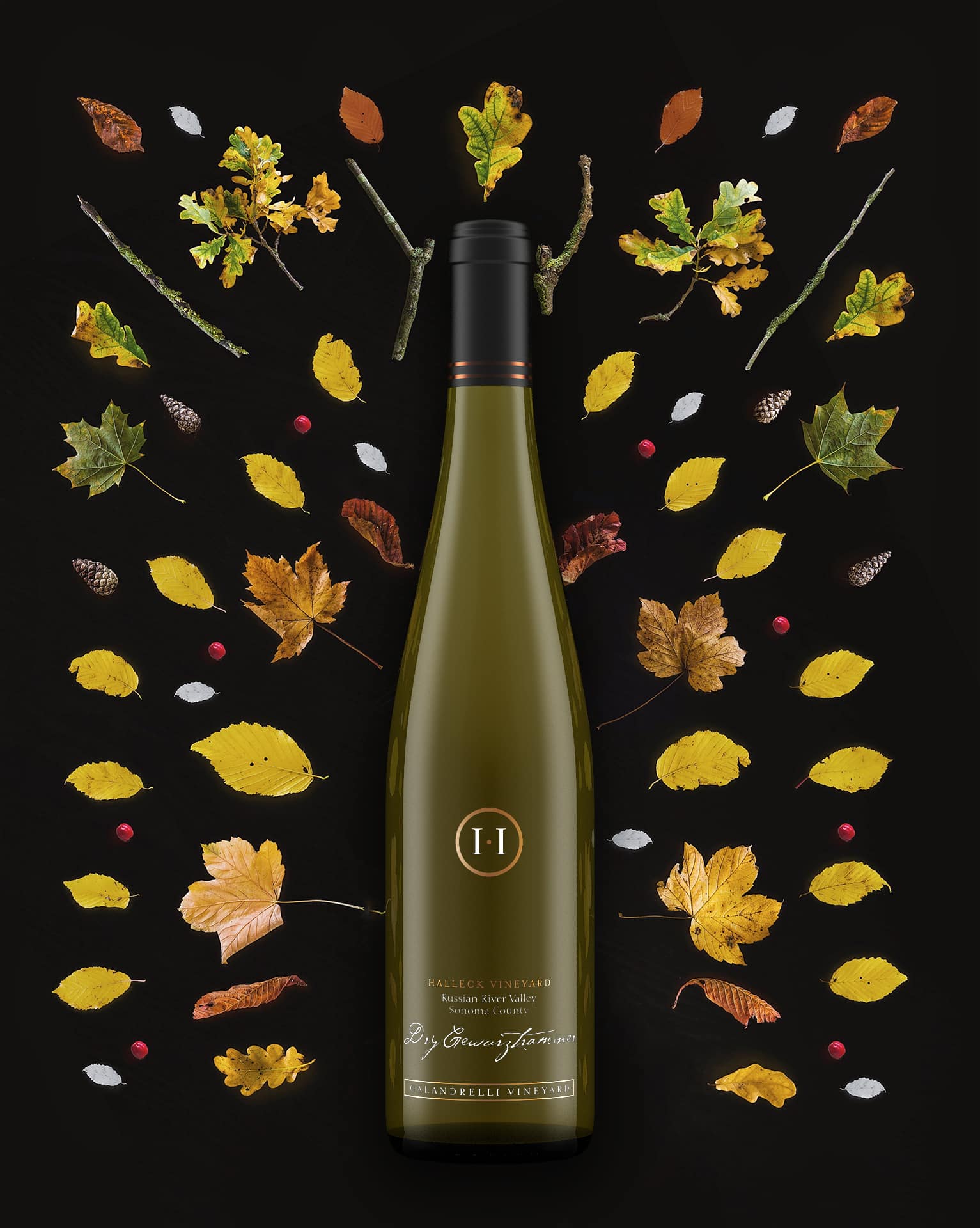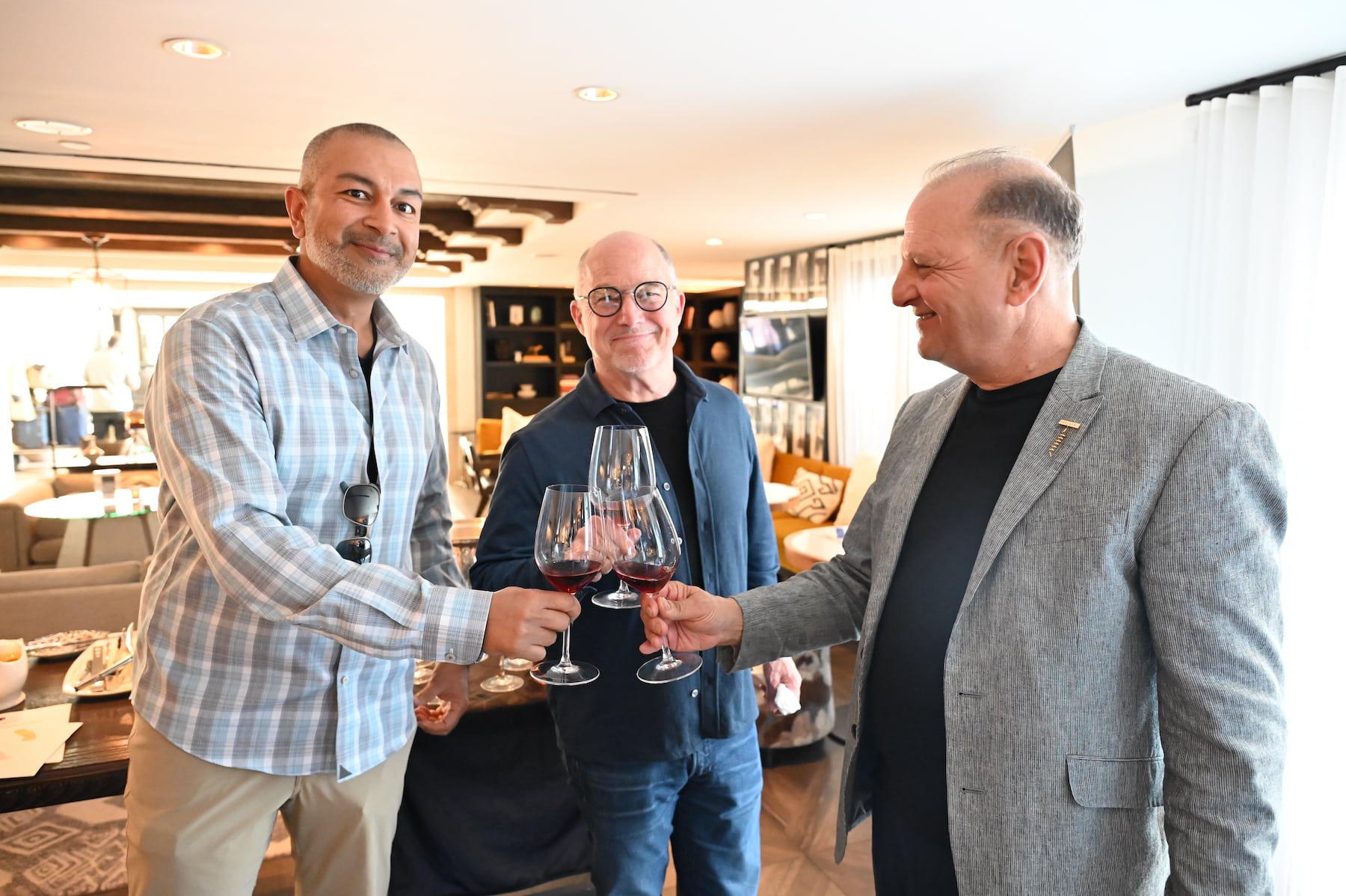Innovative Wine-Making Techniques In Sonoma Valley - Winery In The Sonoma Wine Region
Innovative Wine-Making Techniques In Sonoma Valley - Winery In The Sonoma Wine Region
Blog Article
Family Friendly Wineries With Outdoor Spaces - A Guide To Sonoma Wineries
Wine tasting is an art that requires practice and an understanding of assorted elements involved within the course of. One crucial factor of wine tasting is the event and interpretation of tasting notes, which serve as a guide for both novices and seasoned connoisseurs. A Guide To Understanding Winery Wine Tasting Notes can improve your wine-tasting experience, making it extra meaningful and pleasant.

Tasting notes are concise descriptions that capture the essence of a wine’s flavors, aromas, and overall character. Usually composed by professional tasters, winery tasting notes provide insights into the nuances of assorted wines. They can help wine enthusiasts understand what to anticipate from a specific bottle. However, tasting notes can vary extensively in style and element based on the writer's experience and palate.
Wineries Offering Virtual Wine Tastings - Wine Tasting In Sonoma County
When you first approach a glass of wine, your senses will begin to have interaction instantly. The sight, smell, and style of the wine will converge to provide you a whole experience. Tasting notes usually start with the visible assessment, where the color of the wine is taken into account. Color plays a significant function in indicating the wine’s age, grape selection, and even its flavor profile.
After assessing the visible facet, the next step involves swirling the wine in the glass. This motion aerates the wine, permitting its aromas to awaken. Smelling the wine supplies critical perception into its complexity. The preliminary sniff can ship a flood of scents that may embody fruity, floral, natural, or earthy notes. This is usually the most subjective a part of tasting, as individual experiences can dramatically differ.
In winery tasting notes, descriptors are often categorized into primary, secondary, and tertiary aromas. Primary aromas often stem from the grape variety, secondary aromas derive from fermentation processes, and tertiary aromas come up from growing older. Understanding these categories can help you recognize the depth of a wine, they usually additionally give you the vocabulary to express your experience better.
Wineries Near Highway 12 - Top Sonoma Wineries To Visit
Following the olfactory encounter, your focus will shift to the style of the wine. This is the place the first characteristics—sweetness, acidity, tannins, alcohol—come into play. Tasting notes often element these flavors in a quantity of dimensions, including the initial attack on your palate to the lingering finish in your tongue. A high-quality wine will current a harmonious stability between these components.
While tasting, it is important to contemplate the body of the wine, which may be described as light, medium, or full. The physique contributes considerably to your overall impression, helping you consider how the wine pairs with food or whether it stands alone as a sipping wine. Balancing the physique with the other traits will provide you with a fuller understanding of what the wine has to supply.
The end of the wine, additionally referred to as the aftertaste, is one other important facet often included in tasting notes. A lengthy, nice finish normally signifies a better quality wine, while a short or cloying aftertaste may counsel otherwise. Evaluating the finish can offer additional perception into the wine's complexity and distinction.
Understanding the context of winery tasting notes can be priceless. Tasting notes can present contextual information about the vineyard's location, local weather, and grape-growing practices. This context adds one other layer of appreciation for the wine, permitting enthusiasts to attach the sensory experience with its origins, thus enhancing the enjoyment additional.
Wineries With Educational Tours In Sonoma - Discovering The Vineyards Of Sonoma County
Many wineries present tasting notes on their web sites or labels, often written in an approachable yet informative style. Nevertheless, not all winery tasting notes are created equal. Some may be overly technical, whereas others would possibly prioritize advertising flair over insightful analysis. Learning to navigate these notes can arm you with the information to make knowledgeable selections when deciding on wines.
Collaborating in tastings at wineries can also deepen your understanding of wine tasting notes. Interacting with knowledgeable workers can provide you a more hands-on strategy to exploring different wines and the language used to explain them. Popular Wineries With Outdoor Seating In Sonoma. You'll have the opportunity to ask questions, interact in discussions, and potentially refine your palate in actual time.
Experimentation is essential for mastering wine tasting notes. As you sample completely different wines, try making your personal notes. Focus on describing the wine’s shade, aroma, taste, and end. Over time, you’ll develop a personal vocabulary that resonates with your sensory experiences. Each note you create will assist refine your palate, permitting you to appreciate wines at a deeper degree.
Wineries Known For Sustainable Practices In Sonoma - Discover Sebastopol's Wine Scene
In conclusion, a Guide To Understanding Winery Wine Tasting Notes offers a complete framework for diving into the world of wines. It equips you with the strategies and language essential to articulate your experiences. Whether you're a casual drinker or a dedicated aficionado, understanding and using tasting notes can profoundly impression your wine journey. This information not solely enhances your enjoyment but also connects you deeply with the rich narratives each bottle tells. By embracing this journey, you turn into part of the beautiful mosaic of wine tradition, the place every sip unveils a model new story waiting to be discovered.
- Wine tasting notes sometimes embody a big selection of sensory descriptions, together with aroma, flavor, acidity, body, and end, allowing tasters to totally appreciate the wine's traits.
- To enhance your understanding, familiarize yourself with common wine terminology such as "tannins," "oakiness," or "terroir," which might help decipher the notes extra effectively.
- A systematic approach to tasting includes first visually assessing the wine's colour and readability, adopted by swirling to release aromas, then inhaling and describing what you experience.
- Taking notes during tasting may help establish patterns over time, improving your palate and making it simpler to recall preferences for future alternatives.
- Don't overlook the affect of food pairings; tasting notes can differ greatly when a wine is loved with complementary flavors, altering perception and pleasure.
- Pay attention to the wine’s vintage, as climatic conditions in a given 12 months can significantly have an result on the ultimate product, adding another layer to the tasting notes.
- Think About the winemaker's style and philosophy, which can shape the wine's profile and influence how its notes evolve with each sip.
- Training with totally different grape varieties can broaden your vocabulary; every sort brings unique traits that may enhance your capacity to articulate tasting notes successfully.
- Partaking with wine professionals or attending tasting events can present useful insights, providing a richer context for understanding personal tasting notes.
- Bear resource In Mind that tasting is subjective; particular person preferences and experiences will shape one’s interpretation of the identical wine, enriching the general enjoyment of wine exploration.
What are wine tasting notes?
Wine tasting notes are descriptive comments made by tasters concerning the appearance, aroma, style, and end of a wine. They provide an outline of the wine's characteristics and might help shoppers perceive the style and quality of the wine.
Exclusive Wine Clubs In Sonoma - Enjoying Wine Tastings And Vineyards Near Sebastopol
Why are tasting notes necessary when choosing wine?
Tasting notes can guide you in choosing a wine that fits your palate. They provide insights into flavors and aromas, serving to you to match wines with food or occasions. Understanding these notes enhances your total wine experience.
How ought to I learn wine tasting notes?
(Wineries Ideal For Large Groups)
Family Friendly Wineries With Outdoor Spaces - Discovering Sebastopol's Wineries

When reading wine tasting notes, take note of the structure: look for descriptions of colour, aroma, flavor, and finish. This will assist you to grasp the wine's profile and determine if it aligns along with your preferences.
What terms commonly seem in wine tasting notes?
Widespread phrases embody "tannin" (the structure), "acidity" (the crispness), "physique" (the weight), and varied flavor descriptors like "fruity," "earthy," or "spicy." Familiarizing your self check my source with these phrases can deepen your understanding of wine.
Intimate Wine Tasting Experiences In Sonoma - Sebastopol's Best Wine Trails
Am I Able To create my own tasting notes?
Yes! Writing your own tasting notes can improve your wine tasting experience. Focus on your observations of taste, aroma, and different sensory characteristics. This personal practice can help you refine your palate over time.
How do I determine the aromas in wine tasting notes?
Wineries With Educational Tours In Sonoma - Enjoying A Vineyard In Sonoma
To establish aromas, practice smelling a big selection of scents and associating them with wines. Swirl the wine in your glass to release its aromas, then take a second to breathe in deeply before figuring out any distinguished scents.

What is the difference between professional and private wine tasting notes?
Professional tasting notes might use more technical language and particular terminology, while personal tasting notes are subjective and mirror individual experiences. Each are valuable for understanding and enjoying wine, however personal notes might resonate more together with your distinctive tastes.
How can tasting notes improve my wine appreciation?
Top Rated Wine Experiences In Sebastopol - Celebrated Wineries Around Sebastopol
Tasting notes can improve your appreciation by serving to you to know and articulate the complexities of wine. They encourage aware tasting and supply a framework for comparing different wines, leading to a richer enjoyment of the beverage.
Are there any apps or tools to help with wine tasting notes?
Yes, there are a number of apps designed to help users document and manage their tasting notes. These instruments usually offer features like flavor wheel guides and wine database searches, making it easier to track your journey through totally different wines. Report this page